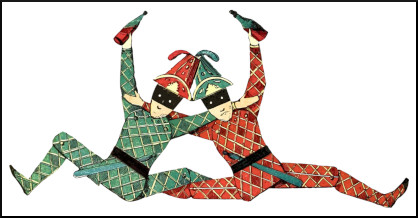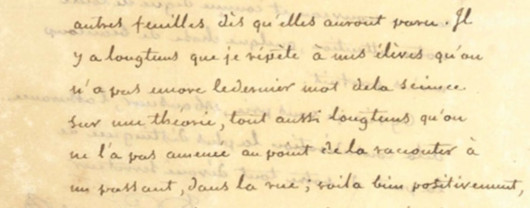Franz Kafka? Leo Longanesi? Robert Browning? Jean Anouilh? Apocryphal?

Question for Quote Investigator: A derisive remark aimed at politically motivated groups of people has been attributed to the influential short-story writer Franz Kafka. Here is the German version followed by an English translation:
Ein Idiot ist ein Idiot. Zwei Idioten sind zwei Idioten. Zehntausend Idioten sind eine politische Partei.
One idiot is one idiot. Two idiots are two idiots. Ten thousand idiots are a political party.
I have been unable to find a solid citation, and I am skeptical of this attribution. Would you please explore this remark?
Reply from Quote Investigator: QI has found no substantive evidence supporting the attribution to Kafka who died in 1924. Instead, QI believes that the statement evolved from a remark published in 1947 by Italian satirist and journalist Leo Longanesi within his book “Parliamo dell’Elefante: Frammenti di un Diario” (“Let’s Talk About the Elephant: Fragments of a Diary”). A near match appeared in an entry dated December 15, 1938. Here is the Italian text followed by one possible English translation. Boldface added to excerpts by QI:1
Fanfare, bandiere, parate.
Uno stupido è uno stupido. Due stupidi sono due stupidi. Diecimila stupidi sono una forza storica.Fanfare, flags, parades.
One fool is one fool. Two fools are two fools. Ten thousand fools are a historical force.
During the ensuing decades variants began to circulate in multiple languages. The phrase “historical force” was changed to “political party”, and the ascription was changed to Kafka.
Below are additional selected citations in chronological order.
Continue reading “Quote Origin: One Idiot Is One Idiot. Two Idiots Are Two Idiots. Ten Thousand Idiots Are a Political Party”






